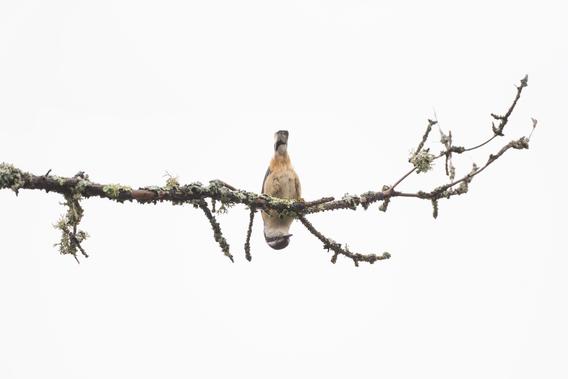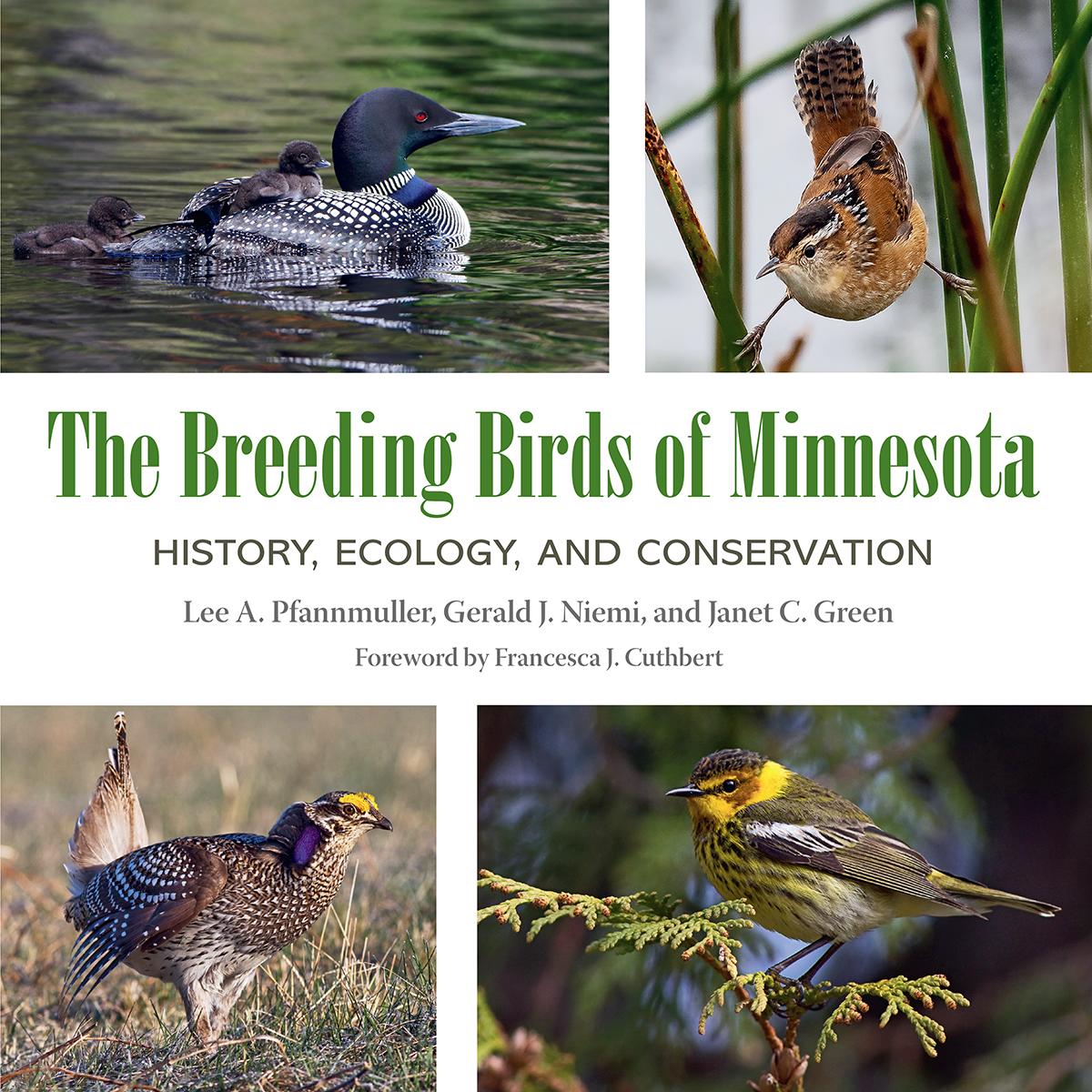Building off the success of the online atlas Breeding Birds of Minnesota, developed at the Natural Resources Research Institute and published in 2017, access to this comprehensive data is now available in a coffee table book form.
Beautifully illustrated and hefty, The Breeding Birds of Minnesota is the first in-depth assessment of the state’s breeding birds in nearly a century. It offers an unprecedented, extraordinarily detailed account of 250 birds representing Minnesota’s unique convergence of ecological regions. It includes historical and present bird breeding distribution, habitat, population abundance, and prospects for the future.

Gerald J. Niemi, long time NRRI researcher and leader, is co-author along with two other premier ornithologists, Lee Pfannmueller and Janet Green. Niemi served as NRRI Center Director from 1988 to 2008 with focused research on birds, the Great Lakes, conservation, and natural resource sustainability. Pfannmuller was a leader at Audubon Minnesota and served in many divisions of the Minnesota Department of Natural Resources. Green’s interest in birds go back to the 1960s and she’s remained involved in many avian protection organizations, as well as co-founding Duluth’s Hawk Ridge Bird Observatory.
“Of course this book is huge,” said Alexis Grinde, NRRI Avian Ecology Lab leader. “It represents an incredible amount of professional knowledge Jerry, Jan, and Lee acquired during their amazing careers and passes it on to the next generation of avian ecologists, conservationists, and bird enthusiasts.”
Compilation Complete
This collection is especially important in Minnesota where four major biomes – aspen parklands, prairie grasslands, deciduous forest, and boreal forest – host remarkably diverse bird species.
From waterfowl and waterbirds to flycatchers, thrushes, sparrows, and warblers, The Breeding Birds of Minnesota gives a brief life history, providing Minnesota seasonal status, migration, foods consumed,

nest structure, and name origin; a summary of identification hints, primary vocalizations, and specific features of distribution or behavior. It includes descriptions of breeding habitat, population abundance and trend, and conservation status and threats. The heart of each account focuses on the species’ statewide distribution and abundance, beginning with a wealth of historical information from ornithological records dating from the 1800s to the early twenty-first century.
The book is an important synthesis of information collected during Minnesota’s first Breeding Bird Atlas which took place over the course of five breeding seasons from 2009 through 2013.
Hundreds of participants, including NRRI’s Avian Ecology Lab, contributed significantly to data collection and analysis. It can be purchased from University of Minnesota Press here.
“At a time when we are seeing large-scale population declines across North America, this comprehensive assessment of the species’ current status plays a crucial role in understanding and conserving Minnesota’s bird populations,” said Grinde.
The Avian Ecology Lab has used the Atlas data to address key questions in ecology and conservation including facilitating research on the breeding ecology of two of Minnesota’s understudied bird species, Connecticut Warbler and Boreal Chickadee. Moreover, the Atlas has provided critical information for identifying and studying breeding colonies of Black Tern and Forster’s Tern across the state. A second Minnesota Breeding Bird Atlas is in the preliminary planning stages. The next Atlas will help monitor changes in bird populations and distributions related to changing environmental conditions and assessing the effectiveness of conservation efforts.
